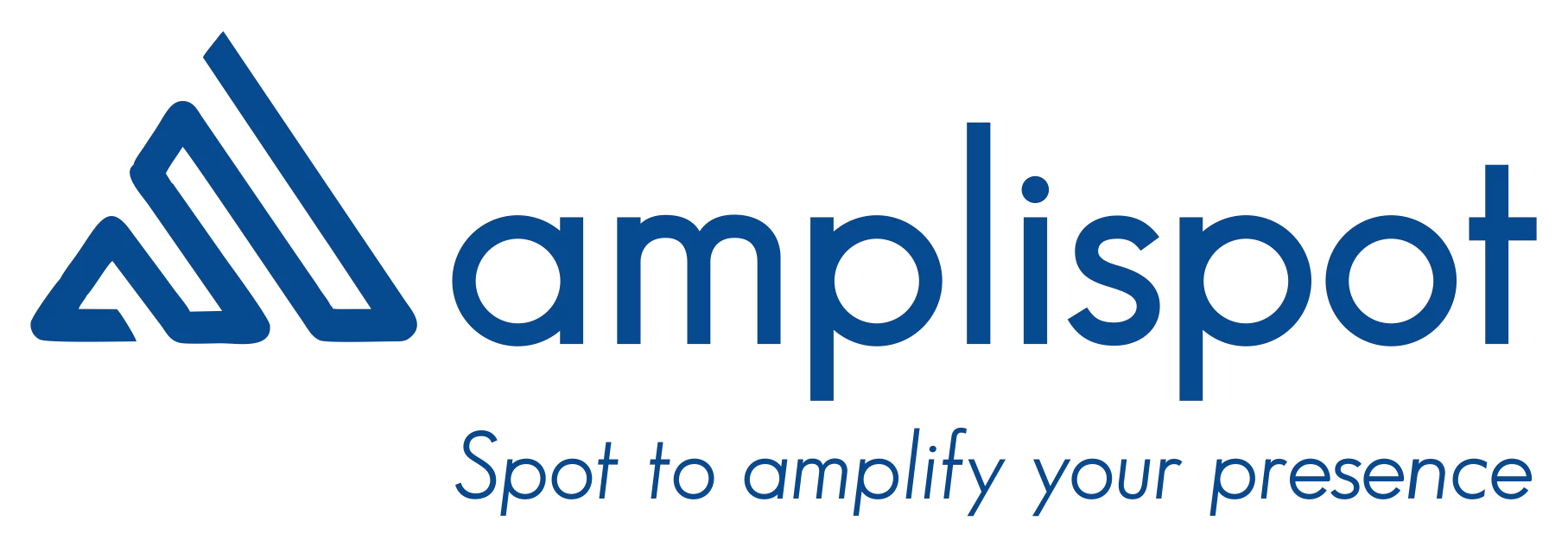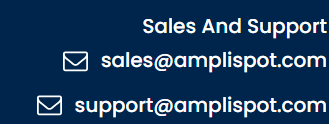Ask any B2B CRO what keeps them up at night and you’ll hear a familiar lament: “My reps spend more time arm‑wrestling spreadsheets than talking to prospects.” In 2024 Gartner clocked the average enterprise seller at just 28 percent “live selling” time; the rest evaporates into contact‑scraping, CRM hygiene, call prep, and tribal Slack searches. Meanwhile, the buyers they chase are surfing a tsunami of data, making decisions faster—and ghosting faster—than over‑worked reps can react.
Enter Auto‑Prospect, a new breed of Enrich Stack that sits upstream of CRM, vacuuming raw data from public and private streams, enriching it with Stanford‑grade LLMs, and handing reps a fully‑prepped dossier before their coffee cools. According to Stanford’s 2023 Emerging Technology Review (SETR), today’s AI systems “work alongside people, complementing and assisting rather than replacing them” setr.stanford.edu. Add in Harvard Business Review’s finding that most sales forces still lag on digital adoption despite clear gains hbr.org, and the picture is clear: whoever automates prep wins the conversation.
This deep‑dive unpacks how an Enrich Stack gives each seller up to 12 reclaimed hours every week—the equivalent of a day and a half of extra prospecting—so they can dial, not dig. We’ll weave insights from Stanford, HBR, and frontline practitioners into a practical blueprint for B2B sales leaders and email‑marketing heads.
1. The Prospecting Paradox—Where Hours Go to Die
Prospecting used to mean smiling and dialing. Today it’s digital detective work: validating firmographic data, triangulating buying committees, scanning 10‑K footnotes, and stalking LinkedIn updates. Almost none of that feels like selling, yet it’s the tax every rep must pay to show up informed.
Thomson Reuters’ 2024 Future of Professionals survey quantifies the pain: knowledge workers expect AI to save 12 hours per week within five years, quadrupling the four hours they’re clawing back already thomsonreuters.com. Multiply that across a 50‑seller team and you gain the output of six net new reps—without adding headcount.
2. Enter the Enrich Stack—A Definition
If CRM is the memory of your revenue org, an Enrich Stack is its bloodstream. It continuously:
- Ingests raw signals—ZoomInfo exports, open‑web news, intent feeds, product telemetry.
- Normalizes entities—merging “IBM Corp.” with “International Business Machines” so duplicates disappear.
- Labels contacts by role, budget authority, recent activity.
- Summarizes everything into plain‑language briefs and suggested actions.
Stanford’s SETR notes that AI excels at automating “wide ranges of tasks” while leaving judgment to humans. In sales, judgment is the art of the ask; enrichment is everything that gets you to the ask faster.
3. Anatomy of Auto‑Prospect: Three Layers
a. The Data Fabric
Auto‑Prospect pipes raw streams—RSS, SEC filings, job boards—into a lake where duplicate detection and fuzzy matching cleanse IDs in near real time.
b. The Intelligence Layer
Large Language Models fine‑tuned on B2B go‑to‑market corpora tag each contact with buying‑signal scores, pain hypotheses, and even compliance flags. Example: a new VP of Finance hire triggers a prompt‑engineered summary of likely NetSuite migration pains.
c. The Action Layer
Enriched objects flow into the tools reps already live in: Salesforce, Outreach, HubSpot. A side‑panel Slack app auto‑suggests talk‑tracks minutes before a call—mirroring the workflow Salesforce sellers describe when using Slack’s Agentforce AI businessinsider.com.
4. The Stanford Perspective—AI as Human Amplifier
The SETR’s AI chapter showcases dozens of use cases where AI slashes drudgery: legal review time cut by 60 percent, predictive logistics, automated diagnostics. The common thread is augmentation, not replacement. For revenue teams this means AI handles rote data wrangling so humans can focus on persuasion, empathy, and negotiation—skills no algorithm can fake in a board‑room POC demo.
5. What 12 Hours Back Really Means
Twelve hours is not just a nice‑to‑have. Run the math:
- 12 hours × 50 calls/hour research time saved = 600 extra dials weekly.
- Typical connect rate 8 percent → 48 live conversations.
- Historical conversion 10 percent → 5 net opportunities added every week, per rep.
At an average deal size of $30 k and 20 percent close rate, that’s $30 k in incremental monthly booked revenue—per seller. Scale that to a 20—rep mid‑market pod, and you’re flirting with $7.2 million in annual lift, a hockey‑stick CFOs notice.
6. The HBR Gap—Why Teams Still Lag on Digital & AI
HBR researchers Prabhakant Sinha, Arun Shastri, and Sally Lorimer observe that leaders “lament their sales force is falling behind on digital” even as evidence of benefit mounts. The culprit? Skills, not tech. Sellers struggle to stitch data pipes, marketers over‑segment, and IT guards the firewall. An Enrich Stack hides complexity behind one pane of glass, letting field teams ride the wave without knowing how to code prompts.
7. From Data Graveyards to Dynamic Feed
Legacy CRMs resemble junk drawers—35 percent of records go stale every year, and rep confidence plummets. Auto‑Prospect flips the paradigm: instead of static objects, you get a living feed.
- Job Change Detected: triggers instant refresh of org chart and competitive tech stack.
- Funding Event: surfaces budget expansion alerts with an estimated timeline to spend.
- Regulatory Filing: prompts compliance intel for verticalized messaging.
The result is a sales floor that pounces on moments, not months‑old lists.
8. Dial, Don’t Dig—A Day in the Life
08:30 A.M. – Jasmine, an account executive, opens Salesforce. Auto‑Prospect card suggests three “priority dials,” each scored 90+ for intent.
08:33 A.M. – She clicks the first contact. A sidebar pops: “Acme just hired a CISO from Okta (security budget likely expanding). Ask about zero‑trust initiatives.”
08:40 A.M. – After the call, Jasmine’s notes auto‑sync; the Enrich Stack flags keywords and schedules a nurture sequence without human touch.
10:00 A.M. – Marketing picks up the intent spike. A hyper‑personalized case‑study email fires, referencing the zero‑trust angle.
This closed‑loop orchestration shrinks the lag from first intelligence to multichannel follow‑up to under 30 minutes—timeframes human‑only teams rarely hit.
9. Why Email‑Marketing Heads Should Cheer
Every enriched contact is tagged with micro‑segments: tech stack, strategic priorities, social tone, recent news sentiment. That gives email ops teams atomic‑level personalization—without drowning in manual list slicing. A/B tests can pivot on language style (“cloud‑native” vs. “hybrid”), attachment depth, even call‑to‑action framing, because the metadata already exists. Expect double‑digit lifts in open rates and 3‑5× increases in reply rate—numbers early adopters report when pairing AI‑driven enrichment with dynamic content assembly engines.
10. RevOps Synergy—Shared Truth Across Teams
An Enrich Stack becomes the single source of context that aligns SDRs, AEs, CSMs, and marketers. Instead of each group maintaining its own spreadsheet, everyone queries the same real‑time graph. Finance loves the forecast accuracy spike; customer success loves the 360‑degree history; product loves usage breadcrumbs feeding back into roadmap.
11. Change Management—Move People, Not Just Tech
Technology adoption stalls when enablement lags. Borrow these tactics:
- Sandbox Fridays: let reps experiment with low‑risk mock accounts.
- Prompt Library: crowd‑source questions that pull the best Enrich insights.
- AI Skeptic Roundtables: invite dissenters to stress‑test outputs live; transparency breeds trust.
HBR’s authors warn that culture eats digital strategy for breakfast; winning orgs “foster learning loops so laggards can catch up”.
12. Board‑Room Metrics That Matter
Track leading and lagging indicators together:
- Hours of manual research saved (collected via time‑study sampling).
- Incremental meetings booked per rep.
- Pipeline velocity—days from first touch to opportunity.
- CAC payback—watch it compress as prep time vanishes.
When the CFO sees CAC drop and seller satisfaction rise, budget becomes a formality.
13. Compliance & Moral Compass
The Enrich Stack inherits your data‑governance posture: SOC‑2‑equivalent controls, opt‑out handling, and encryption at rest. Stanford’s SETR cautions that AI without guardrails can spill bias or private data—so build red‑team audits and explainability dashboards into sprint plans.
14. Myth‑Busting—AI Will Replace Sellers
Will Auto‑Prospect make reps redundant? Unlikely. Business Insider documents how Salesforce’s 25,000‑seller army uses AI “to improve their human approach, not erase it”. Automation handles context; persuasion stays human.
15. Looking Ahead—Toward Autonomous RevOps
Auto‑Prospect is v1 of a longer arc:
- Reactive enrichment – today’s state.
- Predictive nudges – surfacing churn risk or budget spikes before they happen.
- Autonomous agents – LLM copilots that open opps, draft proposals, request approvals, and only ping humans for edge‑cases.
Within three years your CRM may fill itself.
Stanford reminds us breakthroughs are “tools that amplify human talent”. The 12‑hour dividend is not an end‑goal; it’s a resource to reinvest—into discovery calls, deeper demos, strategic account plans, even a decent lunch. In an era when buyers ghost after one irrelevant email, speed plus relevance is the currency.
Auto‑Prospect offers both. Let your reps dial, not dig.
Ready to see the Enrich Stack in action? Drop “Dial‑Not‑Dig” in a reply and our team will spin up a sandbox with your live data—no strings, just results.


































